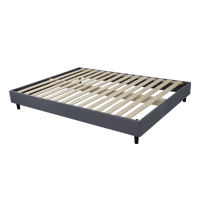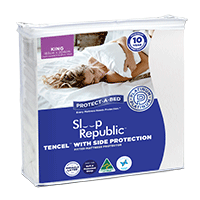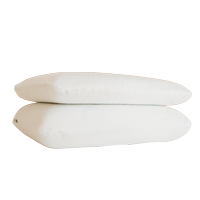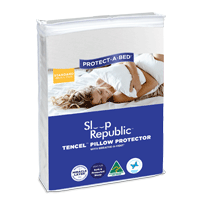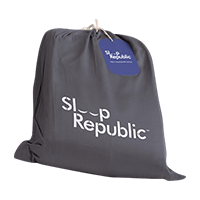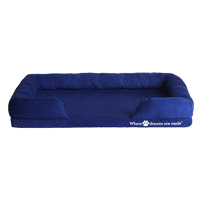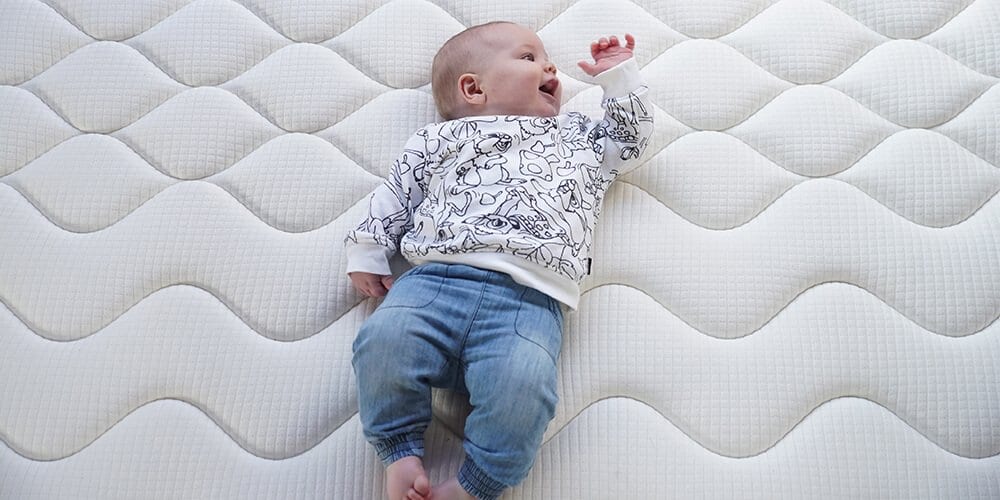General News, Uncategorized
How To Clean Your Mattress
There is no delicate way of putting this, but us humans are ‘leaky’ creatures. The collective amount of fluid perspired and exhaled while in bed is mind blowing, and the cumulative weight of dried skin sloughed would weigh more than some airlines’ cabin allowance. Apologies, we hope you’re not reading this while eating!
Prevention With Protection
With this in mind, the best way to start is with a good quality mattress protector, with five sided fitted versions providing the best coverage. A good mattress protector is anti bacterial and water resistant and doesn’t affect the feel or support of the mattress.
Read more > Why You Should Never, Ever Engage in Unprotected Sleep
Mattress Cleaning Basics
As anyone with kids would know, accidents do occur and knowing how to clean your mattress will save you from a major headache.
The first thing to remember is that most mattress surfaces under the fabric are foam based. Often this will be a standard high density foam, latex or a visco memory foam.
Foam is cellular in construction and can trap both spill and cleaner, so it is never a good idea to use excessive fluid while cleaning, or to use solvents or volatile cleaning products. They are not healthy and can also act to break down foams.
Ditch The Store Bought Solvents- Natural Is Best
Grandmothers had the right idea for cleaning aids; warm water, vinegar and bicarbonate of soda (which incidentally is a brilliant odour eater too!). If you use soap, use it sparingly in water and preferably a gentle hand soap rather than a detergent.
For stains, gentle spot cleaning with a moist cloth using a mixture of the above and towelling dry thoroughly is usually sufficient. Leave the mattress uncovered for as long as possible afterwards to dry. Exposing the surface to sunlight is not practical, and actually long term sunlight exposure breaks down foams. If a larger area has been cleaned, directing a fan onto and across the area helps speed drying.
What To Do For Major Spills
For major spills and ‘accidents’, towel up the excess moisture first by pressing or rubbing with a clean towel. Sprinkling bicarb across the affected area and leaving it to absorb moisture helps. Leave it for as long as possible and vacuum off. The key to avoiding mould or major odour is ensuring the mattress dries, this may take a few days in some areas over winter.
Your Mattress Cleaning Routine
Mattresses can last decades with care. Recommended lifespan before changing is 5-7 years, but you can ensure yours goes the distance by following a few simple cleaning routines.
- Air your bed regularly. Every few weeks leave it completely uncovered between getting up and going to bed.
- Wash the protector and sheets every week.
- Every couple of months vacuum the surface of the bed – even with protector microscopic dust, mite and skin ‘bits’ can accumulate.
- Ensure your mattress is getting airflow around the sides and through the base to prevent moisture build up and mould formation.

